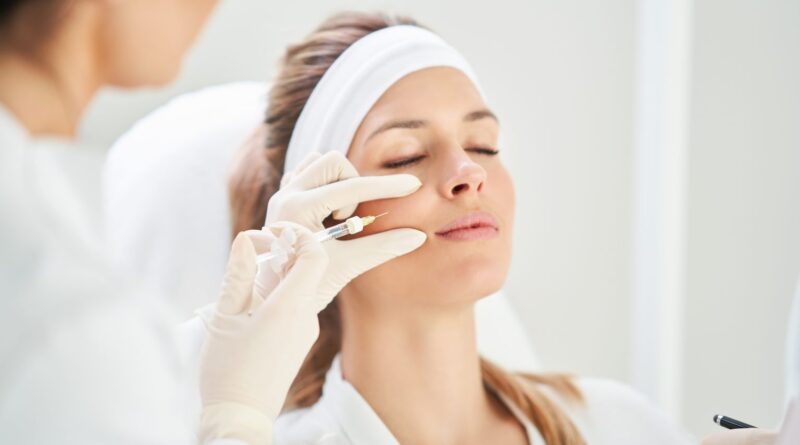A Comprehensive Guide Botox Treatments
What is a Botox Treatment?
Botox treatments, also referred to as botulinum toxin treatment, is a safe and effective treatment used to reduce the appearance of fine lines and wrinkles. Apart from cosmetic purposes, Botox treatments can also be used for medical reasons like treating chronic migraines or controlling an overactive bladder.
Procedure of Botox Treatments
Here’s an overview of how a Botox treatment works.
Step 1
As a patient, you will meet with a professional and experienced dermatologist, for a consultation meeting to talk about your concerns and desired goals related to the treatment. The doctor will assess your medical history, skin health, and facial muscle structure as well during this meeting. The Botox treatment’s possible risks, advantages, and results will be discussed. The doctor will also create a personalized treatment plan for you and will address any questions or queries you may have.
Step 2
After the consultation meeting has successfully ended, the procedure of treatment will start. To lower the danger of infection, the treatment areas will be meticulously cleaned on the day of the treatment to get rid of any makeup, oils, and pollutants. While most Botox treatments don’t hurt too much, some doctors would use ice or a numbing cream to calm the treated area and reduce pain.
Step 3
A professional dermatologist will locate and mark the precise locations on the face where Botox has to be administered. These spots are typically seen near frown lines (glabellar lines), forehead lines, and dynamic wrinkles. For the production of Botox, the powdered botulinum toxin will be diluted to the proper concentration using saline. The solution that has been created will be put into the syringe. The doctor will inject tiny doses of Botox into the muscles being treated using an extremely thin needle. The region being treated, and the extent of the wrinkles will determine how much Botox is administered and how many injections are necessary. Various methods can be employed to guarantee accurate Botox application and provide a result that seems natural.
Botox treatments are comparatively faster—they sometimes only require 15 to 30 minutes—and don’t involve any recovery time, allowing patients to get right back to their regular activities.
Benefits of Botox Treatments
- Botox treatment is one of the best treatments for treating dynamic wrinkles like forehead lines, frowning lines, etc. Botox will stop the Botox stops the muscles beneath the skin from contracting and causing wrinkles by momentarily numbing them.
- As a non-surgical technique, Botox treatment doesn’t involve any incisions or a lengthy recuperation period. Compared to surgical options like facelifts, the therapy is less intrusive because it just requires a few little injections.
- When done by a reliable and professional dermatologist, Botox treatments offer natural and lasting results. It will make the face smoother without making it appear frozen or expressionless.
- Using Botox treatment to treat persistent migraines is one of its main benefits. By calming down the body and obstructing pain impulses, it lessens the frequency and intensity of migraine attacks.
- Excessive sweating is a symptom of hyperhidrosis, which can be effectively treated with Botox treatments. It reduces sweating in places like the underarms, palms, and soles of the feet by obstructing the nerve impulses that activate sweat glands.
- Urinary incontinence and other symptoms of an overactive bladder can be treated with a Botox procedure. It eases the bladder’s tension, expands its volume, and lessens urgency.
Results
Botox treatments start showing complete results after roughly two weeks, beginning to show benefits between three to seven days. Generally, the decrease in muscle activity and softening of wrinkles will last for three to six months. Some individuals may require further treatments to prolong their ideal appearance when muscle activity resumes and wrinkles may resurface as the benefits progressively fade off.
Tips to Care For Your Face After Botox Treatment
Follow these tips after getting a Botox treatment.
- After receiving Botox, try to remain upright for three to four hours.
- Since Botox is a liquid, it may spread, but only by around half an inch. However, this may affect how it settles, so avoid massaging or rubbing your face for 12 hours following Botox.
- Using cold compresses and ice packs many times a day for ten to fifteen minutes aids in reducing the length of bruises and swelling by slowing blood flow to the damaged region.
- Many experts recommend that Botox patients should stay well-hydrated for at least 24 hours after receiving their injections. It is crucial to drink water throughout the day because the process has the potential to dehydrate the body, lessen the benefits of the therapy, and cause headaches.

